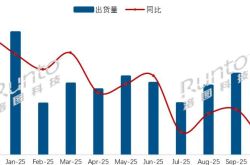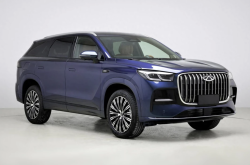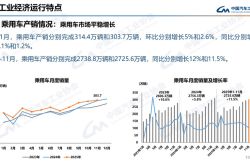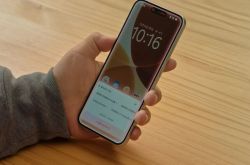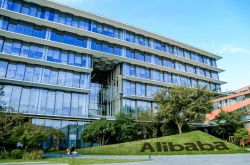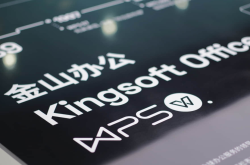Convergence of iPad and Mac: A Tale of Common Ground and Retained Differences
![]() 09/02 2025
09/02 2025
![]() 527
527
The iPad system is gradually evolving towards MacOS, while the Mac is adopting A-series chips, raising intriguing questions about the future of both devices.
Could the dream of running macOS on an iPad finally become a reality?
Recently, netizens managed to run the macOS system on an old iPhone using a series of technical methods. While this feat holds little practical significance in terms of operational efficiency, it does hint at a deeper aspiration: If an iPhone can run macOS, and considering iPadOS is a "customized" version of iOS, could the iPad eventually natively support a full macOS, transforming into a true "computer"?
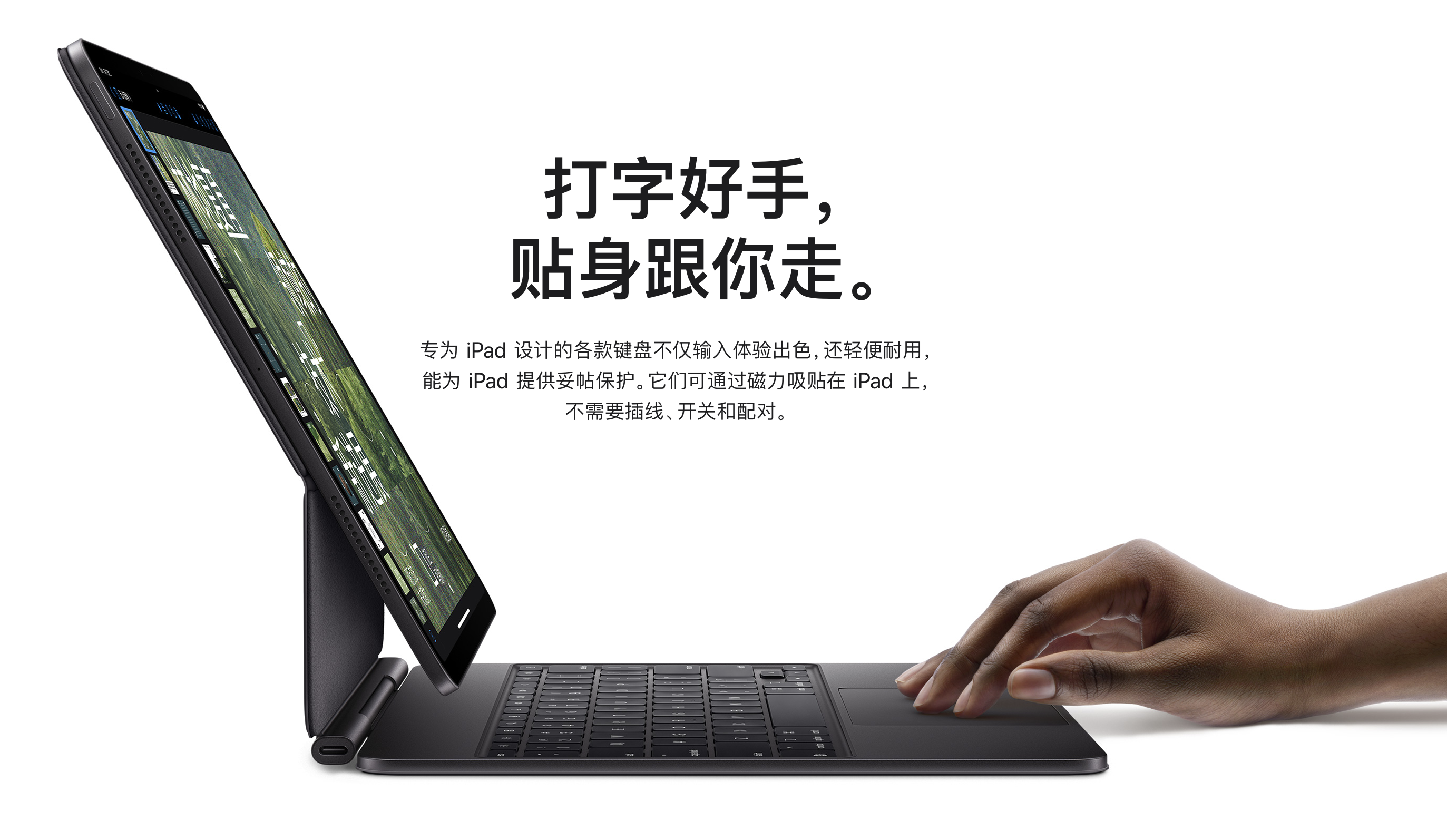
Image source: Apple
While this may seem far-fetched, Apple's actions in the Apple Silicon era lend credence to discussions about the convergence of Mac and iPad. In 2021, the iPad Pro adopted the M1 chip, bringing it closer to the MacBook product line.
Earlier this year, rumors circulated online that Apple was preparing an entry-level MacBook Air equipped with A-series chips. Unlike existing Mac products that use M-series chips, this new product might directly inherit the A-series processor route from the iPad, tapping into new markets through lower pricing. From a hardware perspective, the iPad Pro uses M-series chips, MacBook Air uses A-series chips, and the hardware gap between iPad and Mac is narrowing, poised to profoundly impact the PC and tablet markets.
Using a lower-priced MacBook Air to cater to the entry-level market
Currently, the news about MacBook Air using A-series chips is merely a "rumor," with no confirmed supply chain news to back it up. However, if Apple does pursue this route, the rationale is understandable: Apple aims to tap into markets that MacBook has never reached before, leveraging lower costs.
The M-series chips are inherently designed for mid-range performance with excellent energy efficiency on mobile platforms, enabling Mac products to compete with high-end laptops from PC manufacturers even in lightweight form factors. In other words, M-series products primarily serve mid-to-high-end MacBook models.
Even the most affordable MacBook Air struggles to reach the "mass price" of around 4,000 yuan (499 USD) in the education and entry-level consumer markets.
The A-series chips, on the other hand, are mobile chips designed for iPhone and iPad, offering advantages in power consumption, cost, and mass production scale. Placed in MacBook Air, these chips might offer inferior performance compared to the M-series but can deliver a lower price, lighter body, and longer battery life. For budget-conscious users who only need to write documents and watch videos, this is undoubtedly a more suitable choice.
Reducing hardware costs also serves another purpose for Apple: The ever-changing China-US tariffs significantly impact Apple. Although Trump suggested that "building factories in the US and creating jobs" could earn Apple tariff exemption, the unpredictable tariff policy remains a variable. For Apple, a premium computer brand, cost increases further weaken product competitiveness.
Apple's potential launch of a lower-cost MacBook Air with A-series chips in the US mirrors Tesla's introduction of a "low-performance" version of Model Y in specific markets like Singapore, tailored to meet local demands.
More importantly, the advent of A-series MacBook Air would allow Apple to reassign the low-price market, traditionally covered by iPad, to MacBook. This would establish a "three-tier" product matrix:
iPad focuses on touch and tablet experience;
A-series MacBook Air targets the low-price lightweight notebook market;
M-series MacBook Air/Pro continues to serve high-performance and professional markets.
This strategy would usher in a true "major ecological integration" between iPad and Mac, with the primary difference lying in product form factor rather than the application ecosystem. From a marketing perspective, this approach could help Apple further expand its Mac user base, making A-series MacBook Air an ideal choice for student groups using Chromebooks or low-cost Windows laptops.
But why does Apple need to go through the trouble of creating a "low-end notebook"? Since the "entry-level MacBook Air" would also use A-series chips, why not simply allow the iPad Air, which also uses A-series chips, to run macOS?
Is it a pipe dream for iPad to run macOS?
In iPadOS 26, Apple already introduced macOS-like interaction features, such as a new multi-tasking floating window mode, top menu bar, and the crucial "traffic light" window control keyboard.
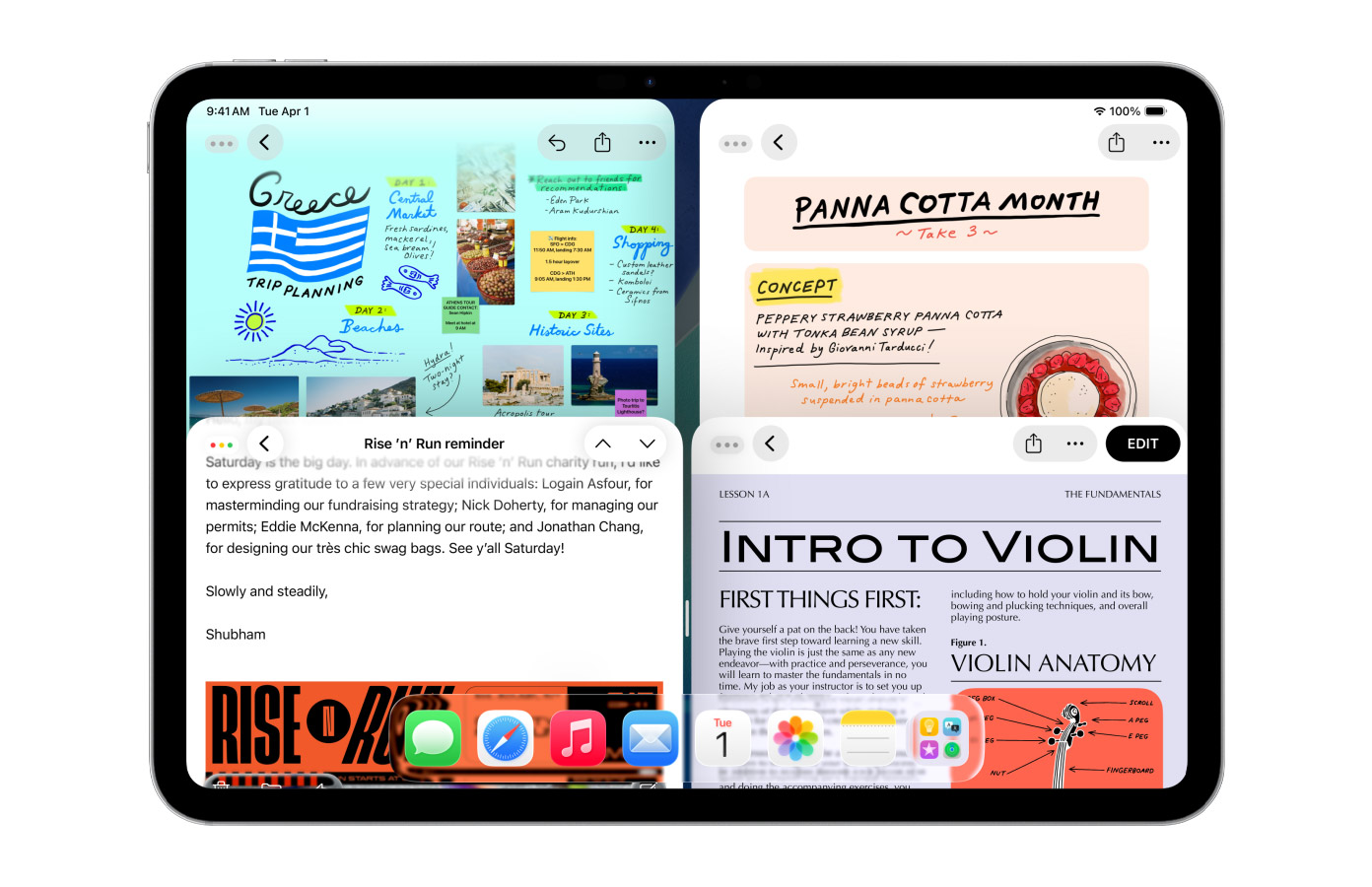
Image source: Apple
However, upon brief experience, these "macOS-flavored" designs seem more like Apple deliberately blurring the boundaries to avoid actually letting the iPad run macOS.
Firstly, iPadOS and macOS have distinct interaction precisions: macOS is an operating system built around keyboards, mice, and touchpads, requiring precise cursor control for file management, window switching, and shortcut operations. In contrast, iPadOS emphasizes swiping gestures paired with precise taps, designed for "pick up and use" convenience.
The gap in system operation precision is too vast for third-party developers to sacrifice the experience of long-time users to support small-screen touch devices like the iPad. After all, large screens, computer form factors, and desktop environments are the "core assets" of Mac.
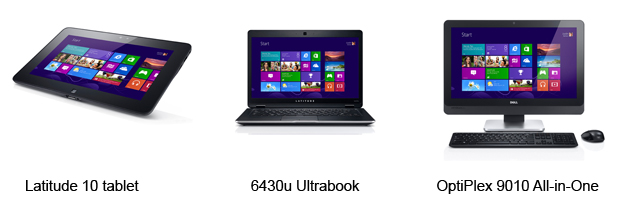
Image source: Dell
If this concept is challenging to grasp, recall the fate of the first-generation Windows 8, which forcibly "merged three screens into one." In Lei Technology's view, the iPad's interaction method dictates that it can only approximate the desktop experience, such as mimicking macOS's interface, but cannot fully adopt it.
Additionally, even if users can "adapt" to the inconvenience of interaction, there's another concern about running macOS on iPad – Apple's App Store paywall.
Typically, the iPad can only download applications from the App Store, with virtual product payments going through Apple's IAP (In-App Purchase), requiring a "toll" to Apple. However, Mac users have more options: Besides downloading software from the Mac App Store (MAS) and paying the "Apple tax," like Windows computers, Mac can also directly download and install third-party software from the internet, bypassing the macOS "Apple tax" restriction.
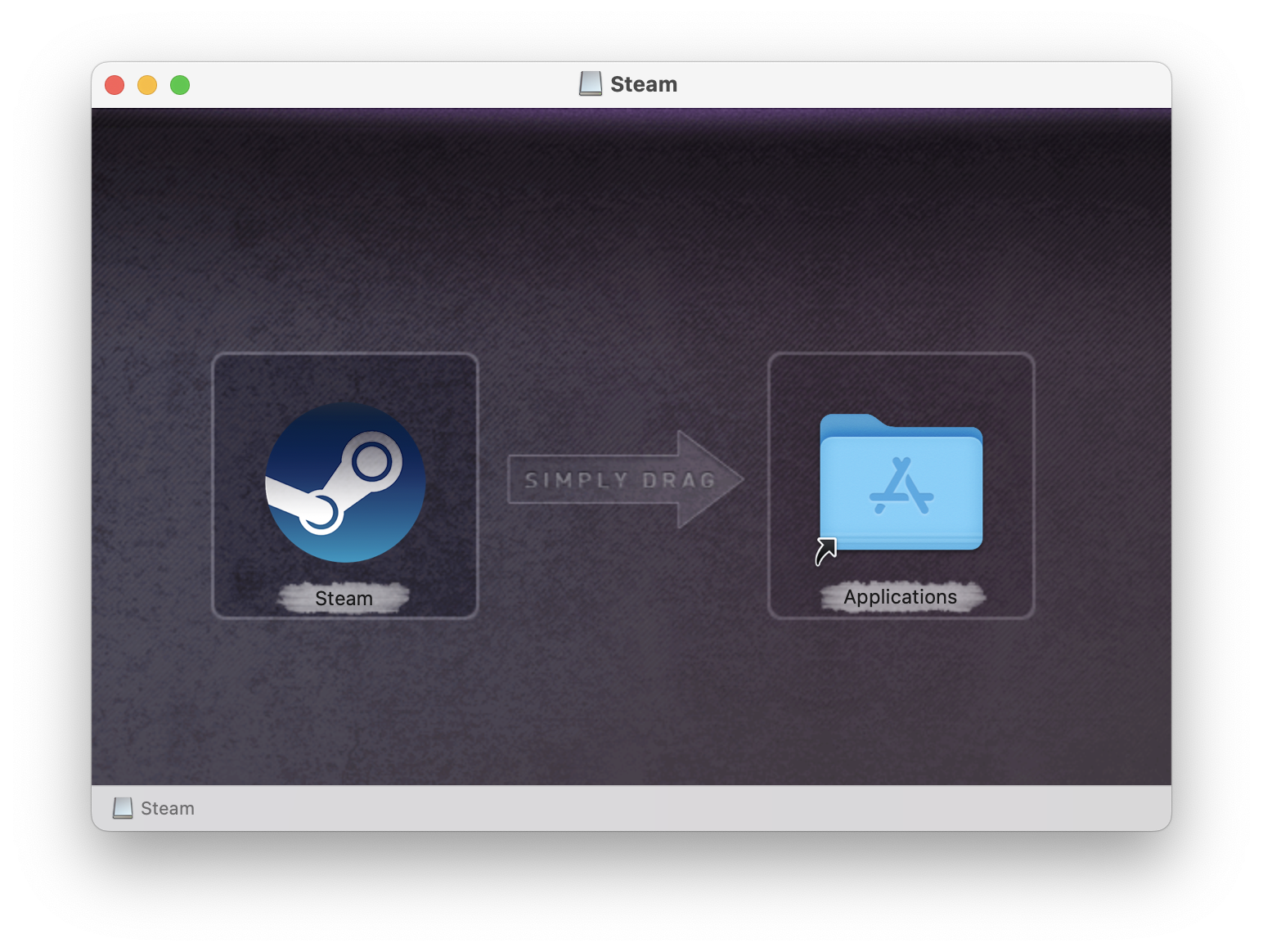
Image source: Lei Technology
Due to its special file structure, using "pirated software" on macOS is arguably simpler than on Windows – you can even use "AirDrop" to directly "send" paid software downloaded from the Mac App Store to others. The recipient can drag the App icon to the "Applications" folder and use it directly. Many people bring Macs to Apple Stores specifically to "steal" the professional software suites priced in the thousands that come with the demo machines.
If the iPad could natively run macOS, it would directly breach this "ecological wall," damaging Apple's long-term commercial interests. For Apple, maintaining differences in application models between the two is far more valuable than transforming the iPad into a "tablet that can install Mac software."
After all, an iPad that doesn't run macOS remains a profitable tablet for Apple. But if a high-end laptop costing ten thousand yuan could only use "mobile software" from the App Store, what would distinguish it from the failed Surface RT of the past?
Mac and iPad will not merge into one but seek common ground while retaining differences
In Lei Technology's view, the relationship between iPad and Mac resembles two railway tracks that continue to converge but cannot "merge": Apple hopes to bring the two infinitely close at the hardware level to reduce costs and expand the market, while maintaining defined system boundaries to protect the ecosystem and profits.
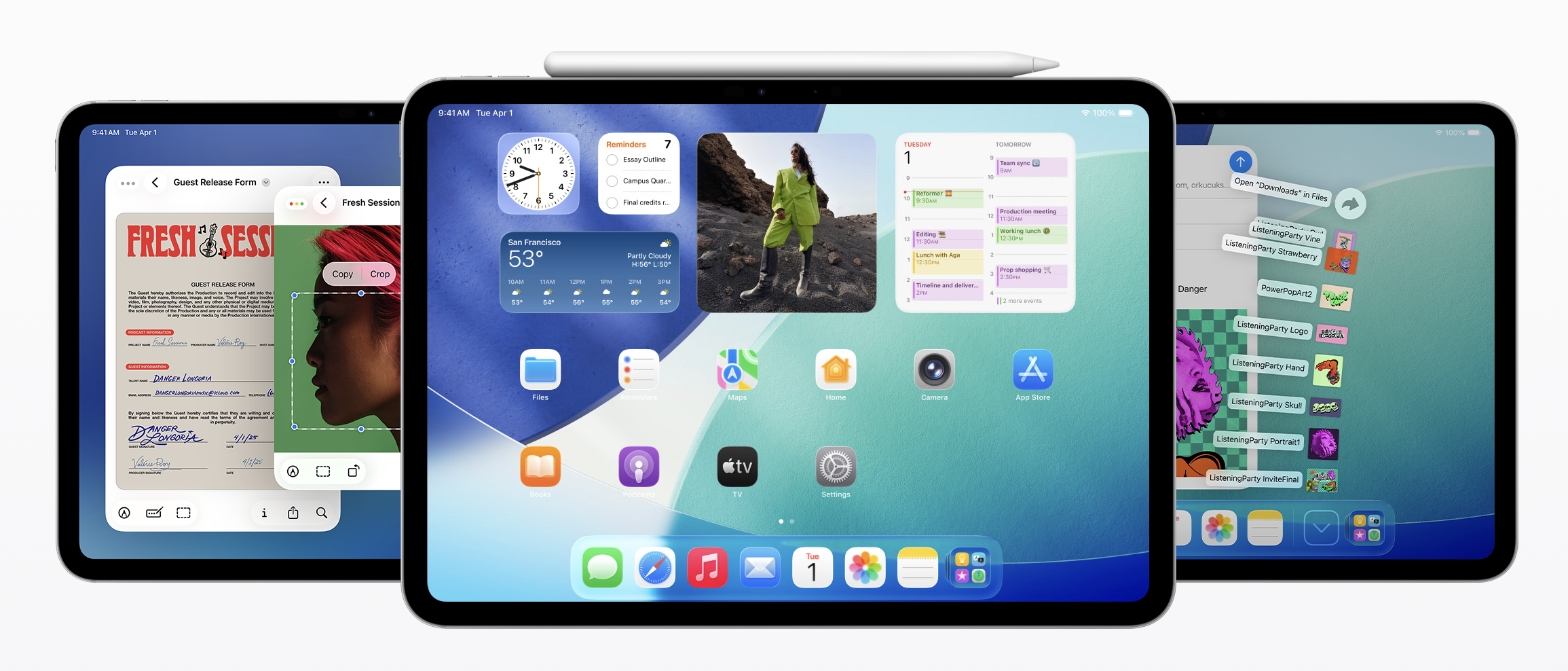
Image source: Apple
It's certain that Apple will continue to integrate macOS desktop features like keyboard and mouse optimization into iPadOS. However, it won't abandon the tablet's touch-centric logic nor actively dismantle the application ecosystem's moat.
Ultimately, in Apple's calculations, blurring the boundaries is more cost-effective than true integration, and this "ambiguity" might be the optimal solution for the coexistence of iPad and Mac.
From September 5th to 9th, the world's largest home appliance and consumer electronics exhibition, IFA 2025, will grandly open in Berlin.
Chinese technology giants such as Lenovo, Hisense, TCL, Midea, Changhong, Haier, Temi, Future Intelligence, Anker, Ugreen, NARWAL, Dreame, MOVA, Tineco, Insta360, DJI, Wondercook, Tuya, Leifen, INMO, and Rokid have gathered in Berlin to showcase China's dominance in AI hard technology to the world.
The Lei Technology IFA 2025 reporting team will soon fly to the scene to explore the exhibition and provide comprehensive tracking reports. Stay tuned!
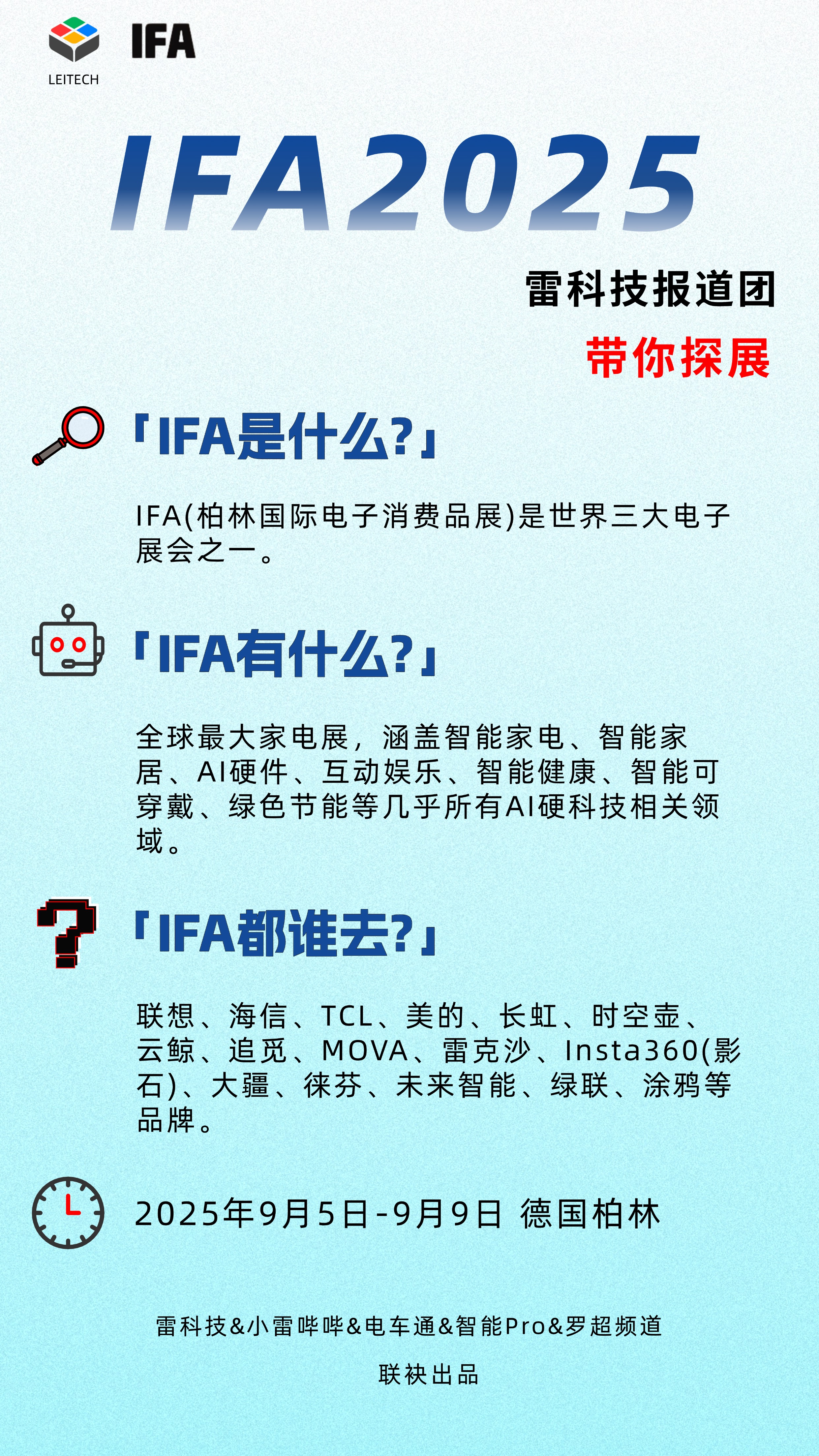
Source: Lei Technology
Images in this article are from: 123RF Authentic Stock Photo Library Source: Lei Technology

